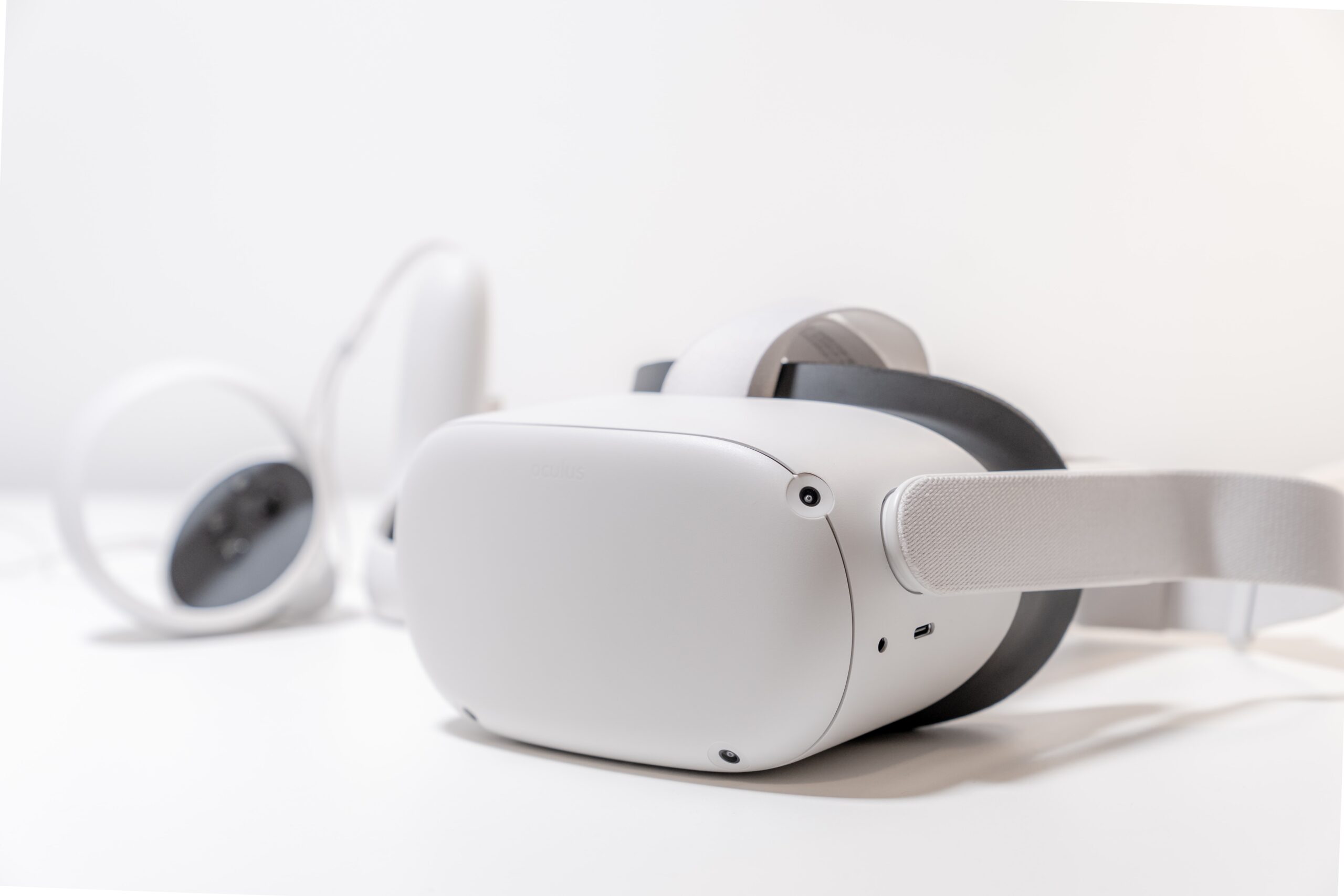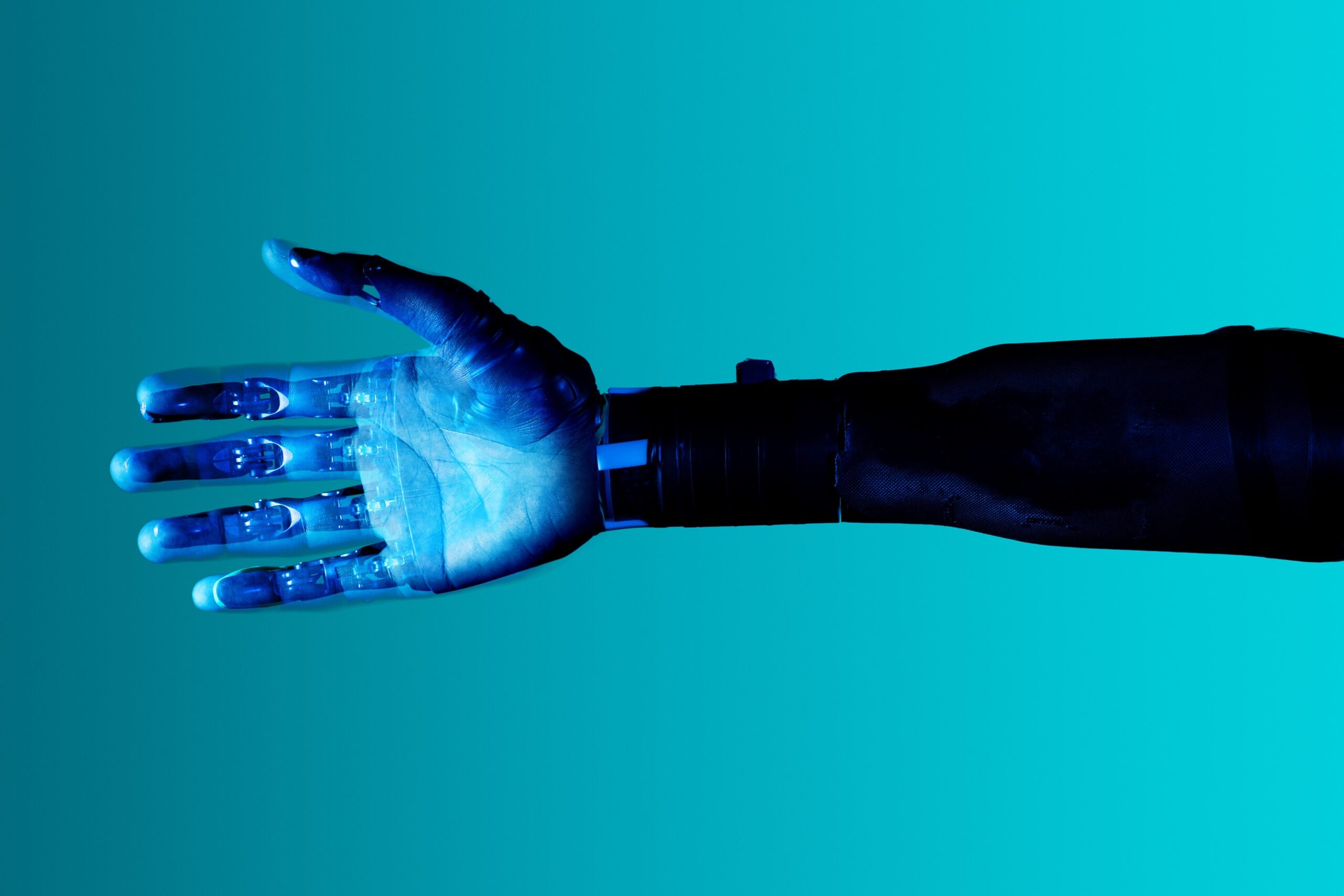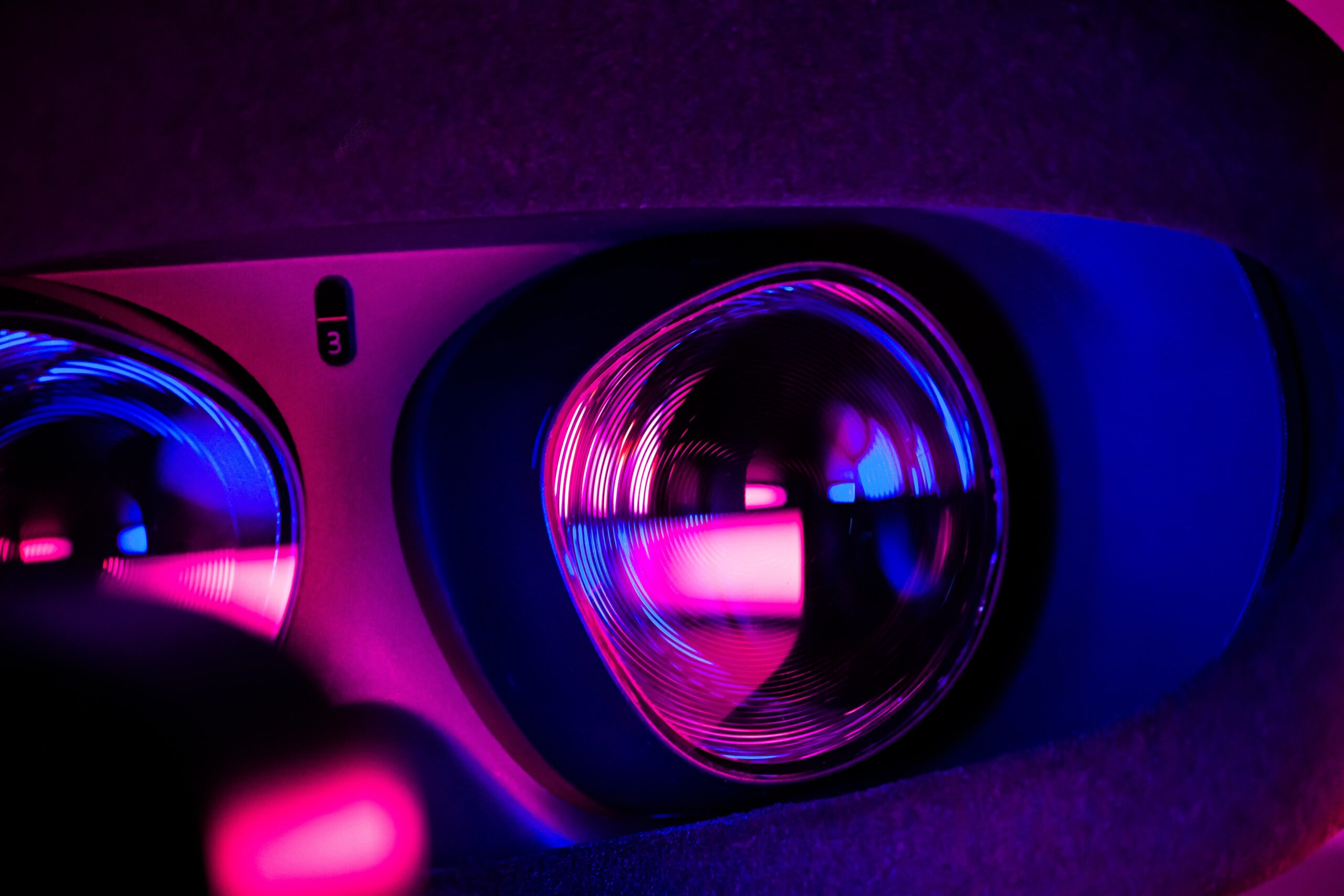Somnium Space started in 2017 and is by area one of the largest virtual blockchain worlds (VBWs). Like with other VBWs, on Somnium Space, users can create fully customizable environments and programmable independent VR experiences within its larger connected world. These environments are possible through Somnium’s four key offerings:
- An SDK to create avatars and property
- An NFT marketplace where game-based assets can be traded
- A module for building environments and structures within them
- Virtual reality experiences
Somnium Space allows creators to build and monetize VR experiences for their users that are from their own imaginations while also integrating blockchain technology. This quality means that the creators are the designers and main recipients of value. Let’s take a deeper look into this second-largest take on the metaverse.
Somnium Space Basics
Somnium Space is a VBW built on the Ethereum blockchain. Somnium is an open-source platform with an immersive VR world that allows users to buy digital real estate, including land, homes, buildings, and several other in-game assets that have value. Somnium’s immersive dynamics allow its players to build and monetize their environments or visit other users’ creations like swimming pools, museums, restaurants, or nightlife and casinos. The possibilities for building within Somnium are nearly limitless, allowing for the construction of unique experiences, worlds, and assets.
While traditional multiplayer VR games have their users divided into mirrored instance rooms via sub-servers, Somnium hosts all the players in a vast interconnected world. Within its broader VR universe, users can create Somnium environments, customized and programmable independent VR experiences.
What’s more, the NFT assets from within Somnium are compatible with other metaverses and platforms throughout the Ethereum blockchain (and potentially other blockchains) ecosystem.
Somnium has its four main elements that are listed in the introduction, and it has deeply incorporated NFTs into its technology, allowing players to bring NFTs from outside its universe (from other parts of the decentralized ecosystem) inside.
Somnium’s Tokenomics
With traditional gaming, the users generate value, which goes to the developer. Players will purchase the game, or with freemium games, they will buy upgrades, access, and customizations a la carte.
They can’t generally take in-game assets out of the game. For example, if the player buys upgraded armor, unlocks a new vehicle, or gains access to a new world, that value remains in-game only. You cannot take the armor or vehicle to another game nor unlock the asset’s value for use in another platform.
However, in Somnium and other blockchain-based games and metaverses, the opposite is true, and assets are valued with tokenization, increasing the benefit to their owner. Being an Ethereum application, Somnium allows for tokenizing in-game assets such as real estate, avatars, wearables, and collectibles, decoupling those assets from Somnium, the company. Allowing for player-generated value allows players to access the token value created in Somnium elsewhere in the broader crypto and token economy.
The Somnium economy is based on three token assets:
Somnium’s Cube Token (CUBE)
The CUBE is an ERC-20 (Ethereum) token that works as Somnium’s native utility token. The CUBE streamlines in-game player transactions and is most similar to tokens bought at an arcade. With an Ethereum wallet, players can hold ETH, CUBE, and NFTs (in ERC-721 form).
CUBE is the bridge between assets for in-game commerce. As Somnium’s universe expands, CUBE will develop in-world utility, allowing players to exist in their VR world.
Somnium’s Land Parcels (PARCELs)
Somnium Space had two “Initial Land Offerings” (ILOs) to issue PARCELs to stakeholders via the OpenSea NFT marketplace. Players who want to build their own Somnium worlds must obtain at least one land PARCEL. Players can also put any NFT on their PARCEL and explore the PARCEL in VR.
Somnium’s Avatars
At the end of 2020, the Somnium team expanded the CUBE’s utility with AVATAR tokenization. Players can mint full-body VR avatars onto the blockchain via CUBE. Players purchase an AVATAR with CUBE, and it’s part of their inventory. AVATARs are compatible with other virtual worlds across many digital platforms.
CUBE tokens can be used to purchase another player’s avatar in NFT form. The buyer’s CUBE is exchanged for the NFT AVATAR of the seller. The ability to create avatars within Somnium exemplifies CUBE’s growing utility.
Somnium’s Karma Levels
The Karma level indicates how VR citizens perceive each other. Somnium will calculate the Karma level of a player with three main metrics:
- Rating: how other virtual citizens perceive them based on on-platform interactions.
- Engagement: each player’s economic activity value, referring to a score including their time spent gaming, land ownership, and world discovery rate.
- Other factors: these include building, public participation, and event organizing.
Players will earn CUBE based on their Karma level, and those that act as instructors or guilds, providing value to the community, will too.
User Opportunities
Somnium offers its Software Development Kit (SDK), Unity, to create customization and personalization for the development of property and avatars, with the avatars interoperable with other platforms and virtual worlds.
The SDK includes a builder mode so that complex and intricate structures can be designed. Once developed, these can be listed as assets on the NFT marketplace and become part of the metaverse.
Somnium is now interoperable with Polygon so users can transfer their NFTs in and out of Somnium, saving on fees. These NFTs can be any of the following:
- Cars or other vehicles
- Unique avatar wearables
- Event tickets for entry to a parcel
- Teleportation hubs to travel across the metaverse
- Treasure hunts leading to CUBEs
There will be a maximum of 100 million CUBE tokens minted, limiting the availability and generating value for holders. The fees charged by Somnium are minimal, making it easier to gain from a democratized metaverse economy.
Closing Thoughts
VR platforms, such as VRChat, AltSpace, and Rumii, are popular platforms for distanced social interaction and corporate meetings. Concurrently, Ethereum-based blockchain metaverses like Somnium Space have built multiplayer ecosystems, unlocking value in a novel way. The true idea of the metaverse is an entirely decentralized world where we interact using blockchain technology.
By integrating blockchain, Somnium users can create experiences from their imaginations and monetize these VR experiences in a way other platforms do not allow. While the play may be virtual in Somnium’s version of the metaverse, it has created a real economy that moves beyond the space that Somnium inhabits and potentially blurs the lines into the augmented and real worlds.
Somnium could be a hit if it is able to attract the right users that will create exciting experiences that others will be enticed to partake in and, more importantly, pay for. Its potential success is hard to determine. It relies on users for content creation, which is a dangerous proposition, and while it allows creators to gain, it’s always taking its cut.
Somnium has yet to gain a significant following, even though by digital area, it has the second largest metaverse environment, behind Decentraland. At the end of 2021, Decentraland hosted 300,000 monthly users, while in the same period YouTube had 2.6 billion monthly users. Immersive and original content is vital to Somnium’s success. Let’s see what the inevitable future of VR brings.
Disclaimer: The information provided in this article is solely the author’s opinion and not investment advice – it is provided for educational purposes only. By using this, you agree that the information does not constitute any investment or financial instructions. Do conduct your own research and reach out to financial advisors before making any investment decisions.
The author of this text, Jean Chalopin, is a global business leader with a background encompassing banking, biotech, and entertainment. Mr. Chalopin is Chairman of Deltec International Group, www.deltecbank.com.
The co-author of this text, Robin Trehan, has a bachelor’s degree in economics, a master’s in international business and finance, and an MBA in electronic business. Mr. Trehan is a Senior VP at Deltec International Group, www.deltecbank.com.
The views, thoughts, and opinions expressed in this text are solely the views of the authors, and do not necessarily reflect those of Deltec International Group, its subsidiaries, and/or its employees.





